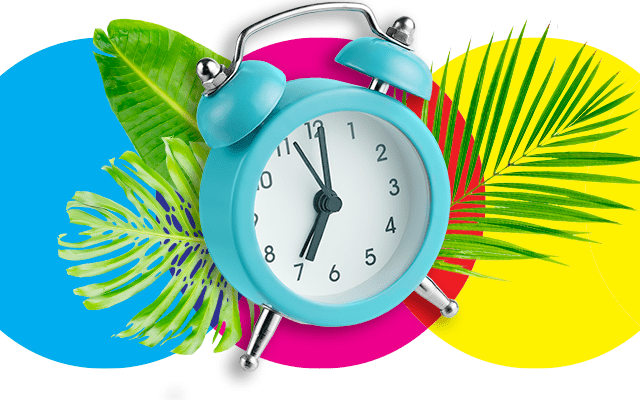Last week, the US administration which deals with food, the FDA, suggested a series of changes and updates to Nutrition Facts labels.
These labels, found on all food products, have the role of conveying important information about content, the amount of calories and fat, to percentage daily intakes. In other words, these small tables have an impact far from being negligible on purchasing decisions. The only thing is, these Nutrition Facts tables have remained unchanged for about 20 years.
Needless to say, the expectations of consumers have certainly changed in the last two decades. Also, science has evolved and new discoveries have changed the expectations of consumers and products. For example, the quantity of lipids or cholesterol is not enough information; you need to know what type of “fat” is in question. New elements which are considered beneficial, such as Vitamin D and Omega-3, also belong on this important new data label.
Nutrition Facts labels were so outdated, and proposals by the FDA for updating them have three objectives in mind:
- A better understanding of nutrition, with information on “added sugars”, Vitamin D, and a detail of lipids (total, saturated and trans fat) rather than the amount of calories coming from fat.
- An update of portions to be closer to the reality of consumption. Instead of specifying what consumers “should” eat, these new labels will show what they actually eat.
- A new design, which highlights the most important parts of the information shown.
In the end, these proposed changes are necessary. But what impact will this recast on the food industry? The FDA has estimated a 2 billion dollar cost to change these labels. This is very important and mostly an unexpected expense, and the need to redesign and no doubt, reprint all labels for products comes into play, but is it all for the better?








